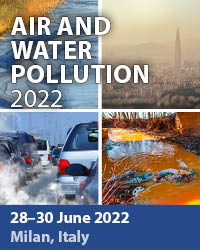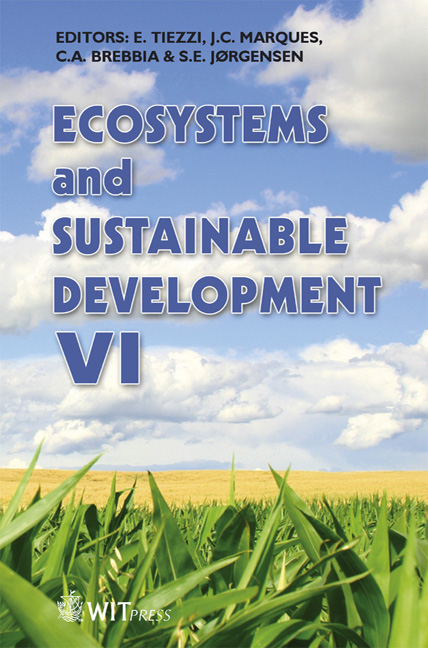Recreational Trail Planning In The Context Of Seasonality
Price
Free (open access)
Transaction
Volume
106
Pages
12
Published
2007
Size
782 kb
Paper DOI
10.2495/ECO070331
Copyright
WIT Press
Author(s)
P. Vassiljev, K. Kuldkepp, M. Külvik, A. Kull & Ü. Mander
Abstract
This study involved comparing the perceived restorative value of the vegetation types in winter and summer to find out how to plan recreation trails that would have maximum restorative value in both seasons. It was found that vegetation classes do have different levels of restorative value. In agreement with the extensive body of knowledge, the park-like and savannah-like vegetation types resulted in higher scores for restorativeness. Also, the smoothness of the ground and the perceived ease of movement through the landscape seemed to positively affect the restorative value of the vegetation class. Apparent seasonal changes in the visibility and smoothness of the ground had an influence on the restorative value of some vegetation types. Views towards and away from the vegetation type tended to elicit higher scores for restoration potential than views within the type. In order to maximize the restorative value in both seasons, the recreational trails should provide views towards and away from certain vegetation types in the landscape that have smooth ground cover. Long sections of tracks within forests with a dense understorey should be avoided, although the need for variation should be given equal consideration. Because many forest types in the study area are naturally dense or develop a dense understorey, especially on the woodland edge, a consistent plan for landscape management is needed. Keywords: landscape seasonality, landscape assessment, landscape management, restorative quality of natural environments, recreation, recreation trails, woodland edge.
Keywords
landscape seasonality, landscape assessment, landscape management, restorative quality of natural environments, recreation, recreation trails, woodland edge.





